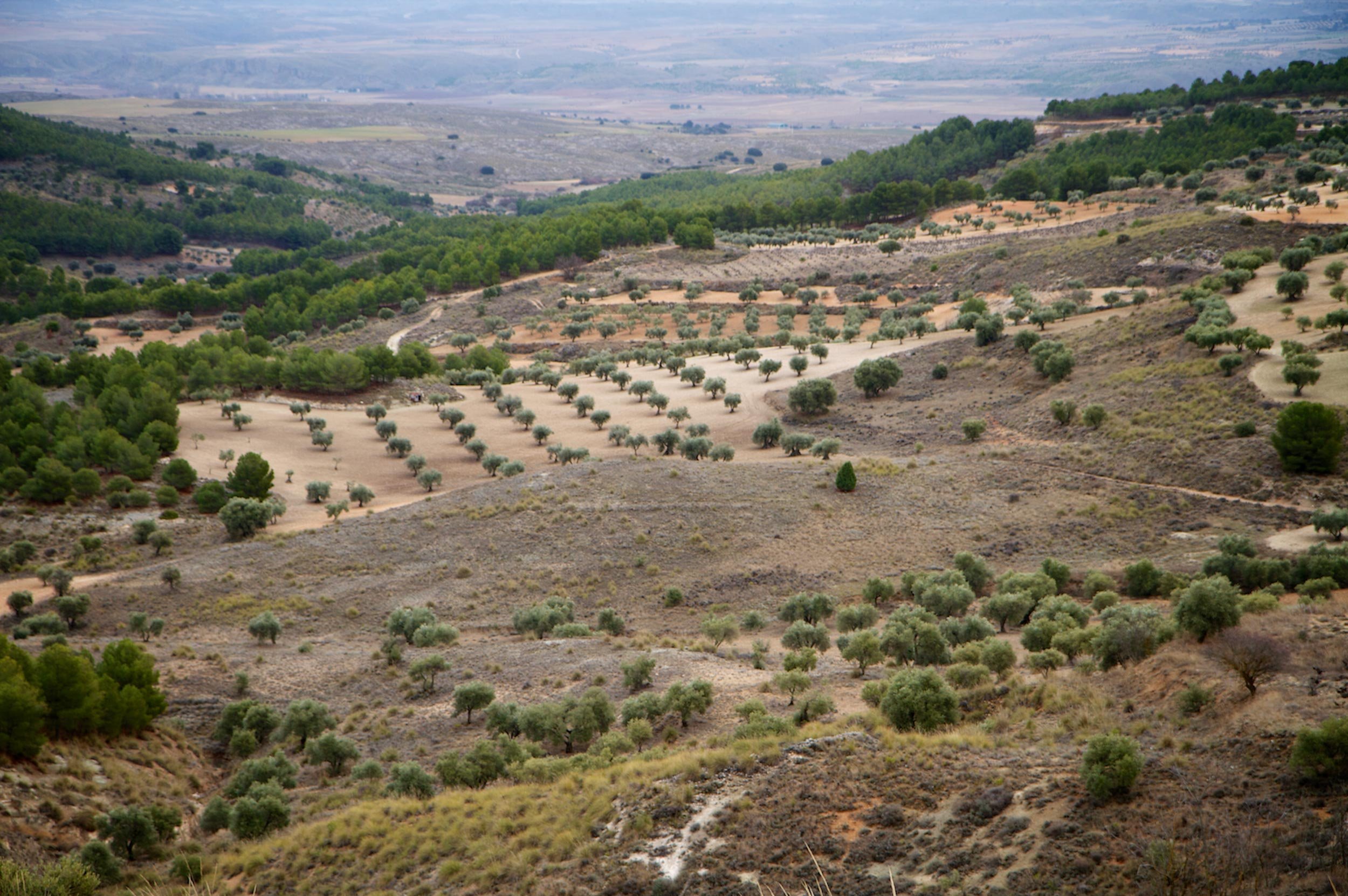Introduction to cante
Sorrow, joy, tragedy, rejoicing, love... "an impossible voice", that's cante.
It is quite possible that anyone on the planet is able to recognize flamenco just by listening to five seconds of its singing. Many experts say that it is difficult to know this art because it is mysterious and full of enigmas, but the truth is that its unique characteristics give it a genuine sound signature, we could say differential, which has made it one of the most international elements of the Spanish brand.
The tablaos flamencos de la Region of Madrid we want the visitors who come to Madrid, besides discovering a region full of leisure, culture, gastronomy and nature options, to live the flamenco show with passion in our establishments. This flamencopedia will become the best guide before and after your visit to the Region of Madrid.
As has been reflected in the UNESCO declaration in which flamenco has been inscribed as Intangible Cultural Heritage of Humanity:
"the cante flamenco is performed, solo and seated, usually by a man or a woman. It expresses a whole range of feelings and moods - sorrow, joy, tragedy, joy and fear - through sincere and expressive words, characterized by their conciseness and simplicity."
UNESCO - Intangible Cultural Heritage - Flamenco
Despite the insistence of experts in highlighting the halo of mystery about the origin of cante flamenco, usually supported by metaphors and symbols, the training and didactics of this pursues to undo in part this haze by promoting its understanding. It is an impossible task, as Luis López Ruiz recovers in his "Guía del Flamenco" (Ed. Akal): when the poet José Luis López Tejada was asked for the definition of cante flamenco, he whispered "an impossible voice, that is the cante".
Bearing in mind that the root of flamenco is popular, we should not be deceived, since it is intrinsically linked in its origin to a minority, so it has never been, not even in Spain, a song of the masses, or "mainstream" as they say today. Some artists in recent decades have participated in a new revival of the genre that has permeated into other contemporary styles, not without some controversy, increasing its diffusion and national and international notoriety.
Our flamencopedia will deal in different sections with the different cantes, grouped according to a configuration that is already more than two centuries old, although it was between the late nineteenth and early twentieth centuries when two very distinct blocks were marked: the basic cantes (among which are tonás, seguiriyas, soleares and tangos) and fandangos and derivatives (with their local versions from different areas of Spain such as Almería, Huelva, Málaga, Granada or Lucena). Finally, we will not forget in this flamencopedia the cantes aflamencados of regional origin, both Spanish and Latin American.
You may be interested in...
Live Flamenco in the Tablaos of Madrid
Your event in a
Flamenco Tablao
Discover the World Heritage
in Madrid
Visit the Community
of Madrid




